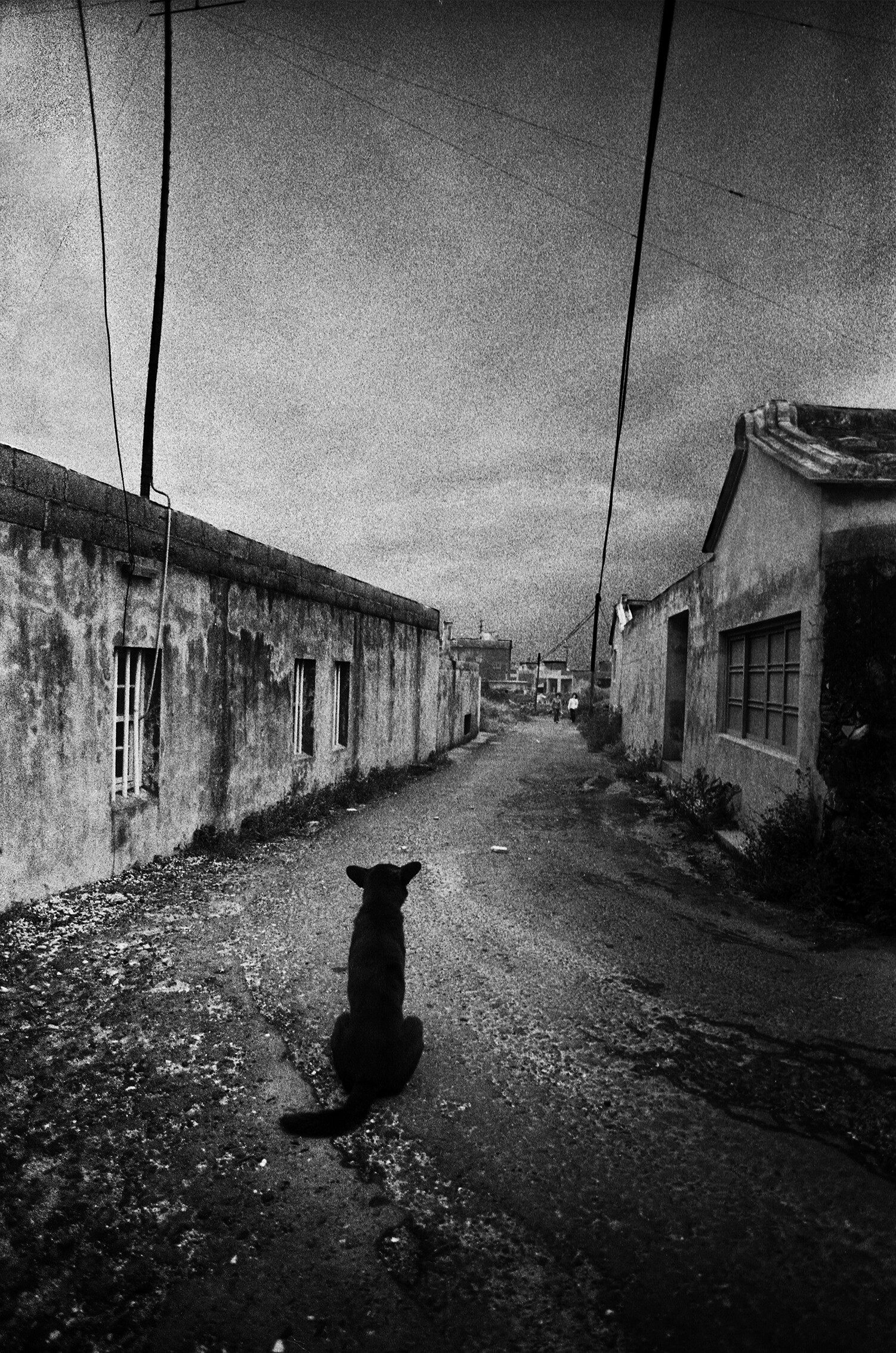October 29, 2016–March 5, 2017
No. 181 Zhongshan N. Road Sec. 3
Taipei 10461
Taiwan
Curated by Yi-ting Lei
Taipei Fine Arts Museum presents Line of Vision, a major solo exhibition of pioneering documentary photographer Wang Hsin. The exhibition, curated by Yi-ting Lei, encompasses 50 years of exploration and achievement. It is arranged chronologically according to 14 themes reflecting various stages of Wang’s career, from the 1970s, when she first rose to prominence in Taiwan, to the present. To provide context to the works, the exhibition includes introductory texts, printed documentation, a timeline, a multimedia presentation and a documentary film, conveying Wang Hsin’s unique visual orientation, her philosophical beliefs about photography, and her personal character.
Taiwan of the 1970s was seized by political crisis. Forced out of the United Nations, it lost diplomatic relations with Japan, Britain and the United States. The nativist literature movement rose up in response, with realistic portrayals of society, inspiring similar explorations in art. This heightened sense of local self-consciousness was reflected in concern for folk culture, truthful depiction and an embrace of American-style photographic realism, and it spurred photographers to personally venture into the countryside to capture scenes of real life. It was at this juncture that Wang Hsin, as a student in Japan, shifted her focus from agriculture to photography. Influenced by the American photojournalist W. Eugene Smith and his spirit of humanitarian concern, she dedicated herself to documentary photography. Hoping to serve as a witness and provide critical reflection on Taiwan’s rapidly vanishing indigenous cultures and native traditions, she advocated “respect for different cultural modes and ways of life.”
Wang Hsin was born in Lugang in 1941 and grew up in Taichung, Taiwan. She graduated from the Pingtung Institute of Agriculture of Taiwan and Tokyo University of Agriculture before earning a degree from Tokyo College of Photography. From 1972 to 1973 she photographed the Seediq people of Wushe, and in 1974 she gained recognition with the touring exhibition A Trip to Wushe in Japan and Taiwan. After resettling in Taiwan, she spent 1974–75 photographing the Tao people of Orchid Island. In 1982–83 her series “Farewell, Orchid Island” was exhibited in Tokyo and Taipei. Her photos of various figures in Taiwanese arts and letters, captured from 1975 to 1982, became the subject of the exhibition On Portraits. “The Folklife of Penghu,” taken in 1979 and 1989, documented the traditional lifestyle of Penghu. Three more exhibitions followed: Color Photographs by Wang Hsin in 1983, Object & Landscape in 1987 and Another Kind of Existence in 1994. For a decade beginning in 1976, she promoted documentary photography as an educator at several colleges. From 1986 to 1996 she hosted her own classroom. She is deeply respected in both her professional work and her pedagogy.
“Images are a kind of language,” Wang Hsin believes. For her, the camera is not merely a documentary device, but a tool of expression. Motivated by care for human beings, she has set out to bear witness to the endangered cultures of indigenous people and the common folk of city and countryside alike. She seeks to communicate the need to respect the differences among cultures. Likewise, she treasures the narrative nature of photographs. The hard tone of her black-and-white images has a melancholy, lonely quality and a precise yet warm feeling. Her works possess both documentary and creative value. Within their coarse granularity and dark hues lie the struggle and hope of humanity.
Wang’s works may be broadly divided into two categories. One is documentary images with serious themes and clear purpose, resulting from rigorous composition and long-term planning. She chooses black-and-white images as the medium for these works and stresses the need for both objective documentation and subjective interpretation. She believes the work of a documentary photographer should center on leaving a record and on using the medium of print to shape public opinion with both conscience and power. Her purpose is promoting the reform of society, not creation or display, and consequently, she has taken part in very few group exhibitions. Her second category of work is fine art photography. These individual photos, taken spontaneously and without premeditation during moments of leisure or travel, capture subjective impressions of a brief moment. Expressing a life aesthetic of personal feelings and beauty, they are primarily taken in color. Wang Hsin also excels at writing. In her photographs from every era, whether made with a rational approach motivated by social concern or an emotive expression brimming with thought and symbolism, we can sense the presence of the photographer within them—her intentions and motivations, the meaning that lies behind the lens, her attitude and her viewpoint regarding her subjects.



